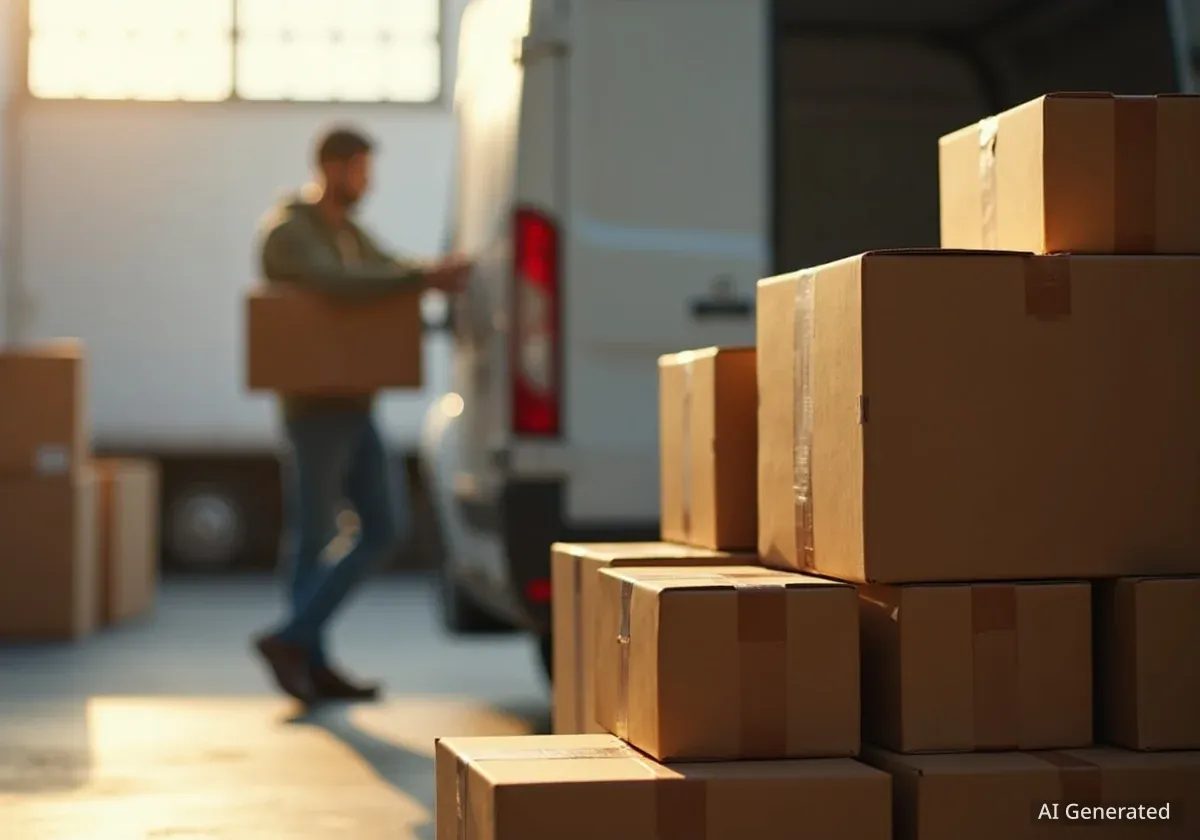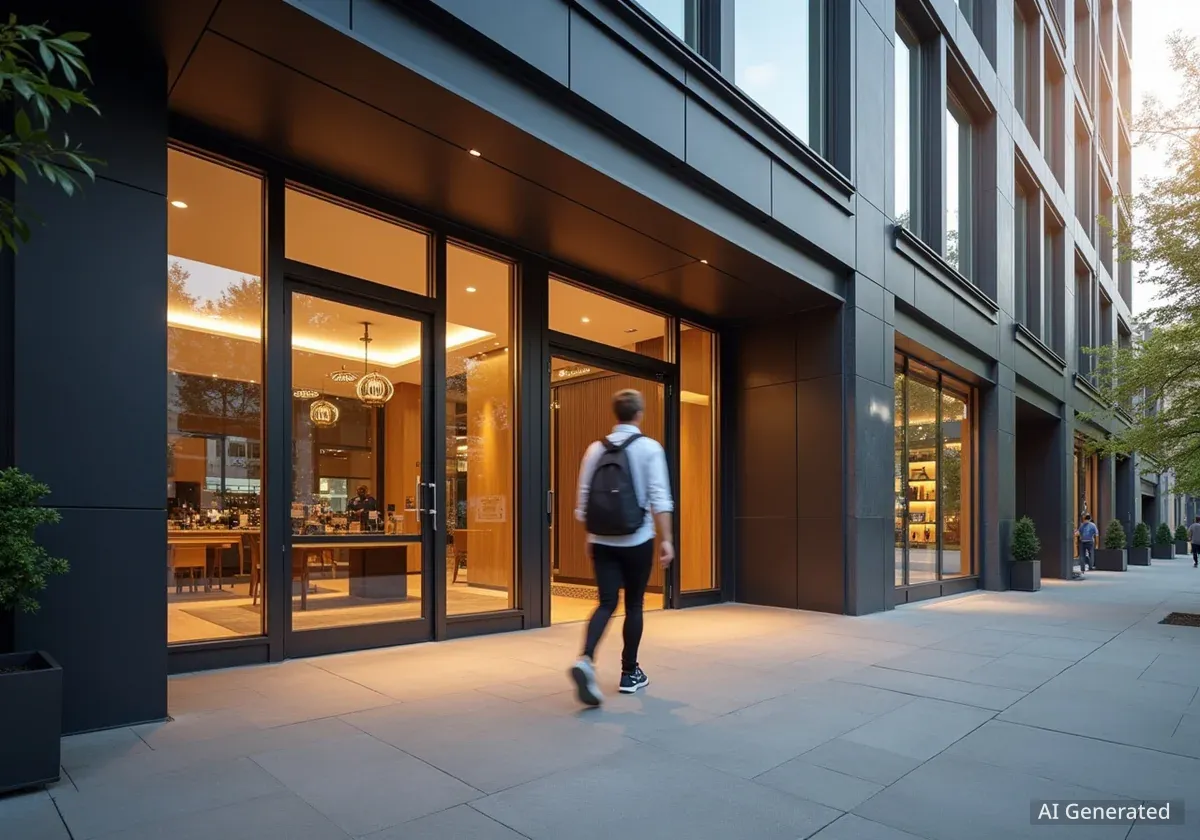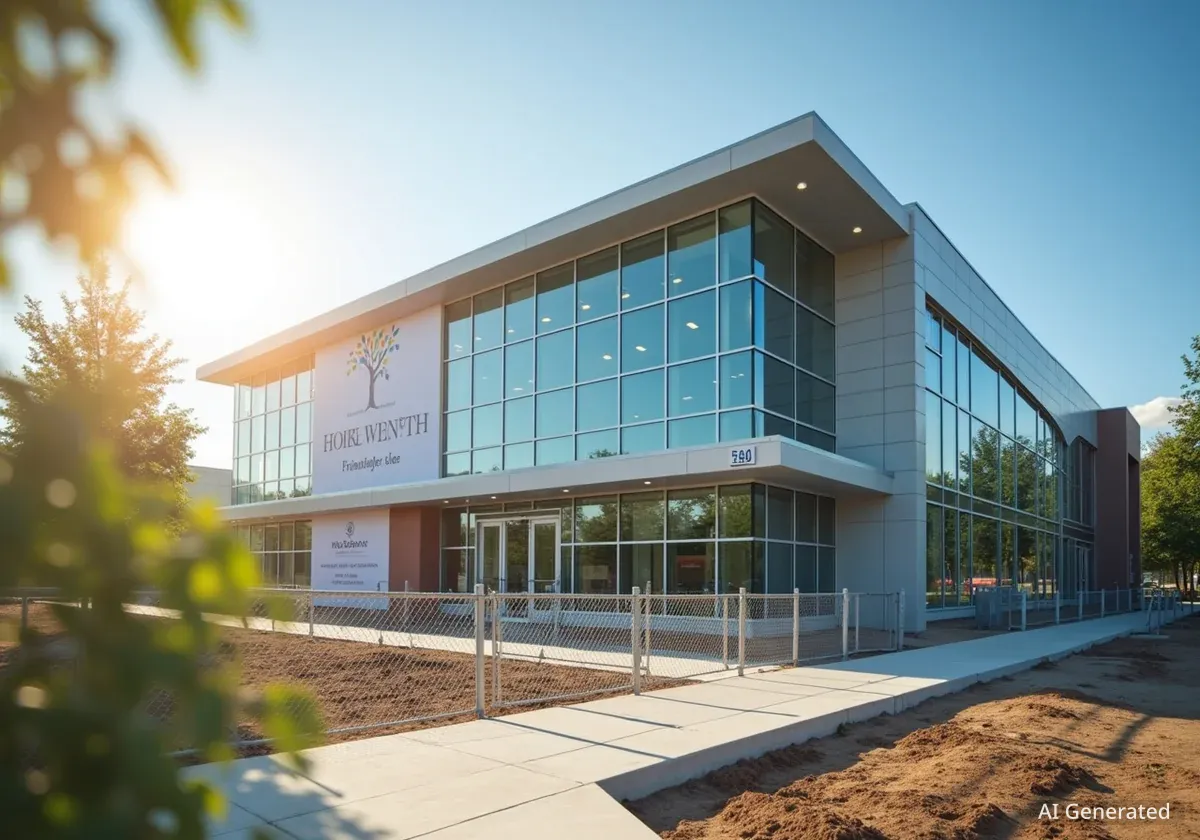Many independent contractors operating Amazon delivery businesses are reportedly struggling with increased operational costs and diminishing profit margins. This trend is leading some firms to exit Amazon's Delivery Service Partner (DSP) program, highlighting financial pressures within the e-commerce giant's extensive logistics network.
Key Takeaways
- Amazon delivery contractors report shrinking profits due to rising expenses.
- Insurance costs, particularly for vehicles and workers' compensation, have significantly increased.
- Some business owners are choosing to close their operations despite initial success.
- The financial strain raises questions about the long-term viability of the DSP program for some partners.
Delivery Partners Face Mounting Financial Pressures
Independent firms that partner with Amazon to deliver packages are encountering significant financial hurdles. These challenges include escalating insurance premiums, higher fuel prices, and increased labor costs. Many owners, who initially invested substantial capital into their businesses, are finding it difficult to maintain profitability.
Jake Clay, a 50-year-old Air Force veteran, is one such entrepreneur. He launched his Amazon delivery company in Odessa, Texas, in 2022. Clay invested $75,000 into the venture and saw initial success, generating over $200,000 in revenue during his first year of operation. However, this early prosperity did not last.
Financial Strain Highlights
- $75,000: Initial investment by Jake Clay for his Amazon delivery firm.
- $200,000+: Revenue generated by Clay's firm in its first year.
- 5x: Increase in Clay's annual vehicle insurance rates.
- $500,000: Approximate new annual cost for Clay's vehicle insurance.
Soaring Insurance Costs Impact Profitability
A primary factor eroding profits for many Amazon delivery partners is the dramatic rise in insurance costs. These include both vehicle insurance and workers' compensation premiums. For Clay, the financial burden became unsustainable after a series of events.
One of his drivers suffered a severe dog bite, leading to a year-long workers' compensation claim. This incident, combined with broader market trends, caused his annual vehicle insurance rates to skyrocket. Clay reported that his vehicle insurance costs increased fivefold, reaching nearly $500,000 per year.
"The feeling didn’t last. Before long, rising insurance and other costs began eating into his profit," reported a recent analysis of the situation. "One of Clay’s drivers was badly bitten by a dog and went on workers compensation for a year, while his annual vehicle insurance rates soared fivefold to almost $500,000."
About Amazon's DSP Program
Amazon's Delivery Service Partner (DSP) program allows entrepreneurs to launch and grow their own package delivery businesses. Amazon provides a range of support, including technology, training, and operational guidance. The program aims to create a network of local delivery companies to meet the growing demand for e-commerce deliveries. Partners operate under their own brand, managing their drivers and fleet, while exclusively delivering Amazon packages.
Business Owners Consider Drastic Measures
The escalating expenses have forced many DSP owners to consider significant operational changes. For Jake Clay, the situation became dire enough that he contemplated laying off all his managers. His plan was to run the entire operation by himself, aiming to clear an estimated $75,000 annually after all expenses.
However, after careful consideration, Clay determined that the effort and stress involved would not justify the potential income. He concluded that the business was no longer viable under the current financial conditions. As a result, Clay decided to close his firm last month, marking an end to his participation in Amazon's delivery network.
The Broader Economic Landscape
The challenges faced by Amazon's DSPs are not isolated incidents. They reflect a broader economic environment characterized by inflation and supply chain disruptions. Small businesses across various sectors are grappling with higher operating costs, making it harder to maintain profitability, especially in competitive industries like logistics.
Fuel costs, vehicle maintenance, and the need to offer competitive wages to attract and retain drivers all contribute to the overhead. When these factors combine with unexpected expenses, such as significant insurance claims, the financial model for some delivery partners becomes unsustainable.
Future Outlook for Delivery Partners
The experiences of business owners like Jake Clay raise important questions about the long-term sustainability and attractiveness of Amazon's DSP program for some entrepreneurs. While the program offers a pathway to business ownership, the current economic climate appears to be testing the financial resilience of these independent delivery firms.
Amazon continues to expand its logistics network to support its vast e-commerce operations. However, the profitability challenges reported by some partners could influence future recruitment and retention within the DSP ecosystem. The balance between operational efficiency, cost management, and partner profitability remains a key area for observation.
The market for last-mile delivery is highly competitive. For delivery partners, understanding and managing their costs, particularly insurance and labor, is crucial for survival. The ability to adapt to changing economic conditions will likely determine the success of these independent businesses within the larger Amazon framework.





